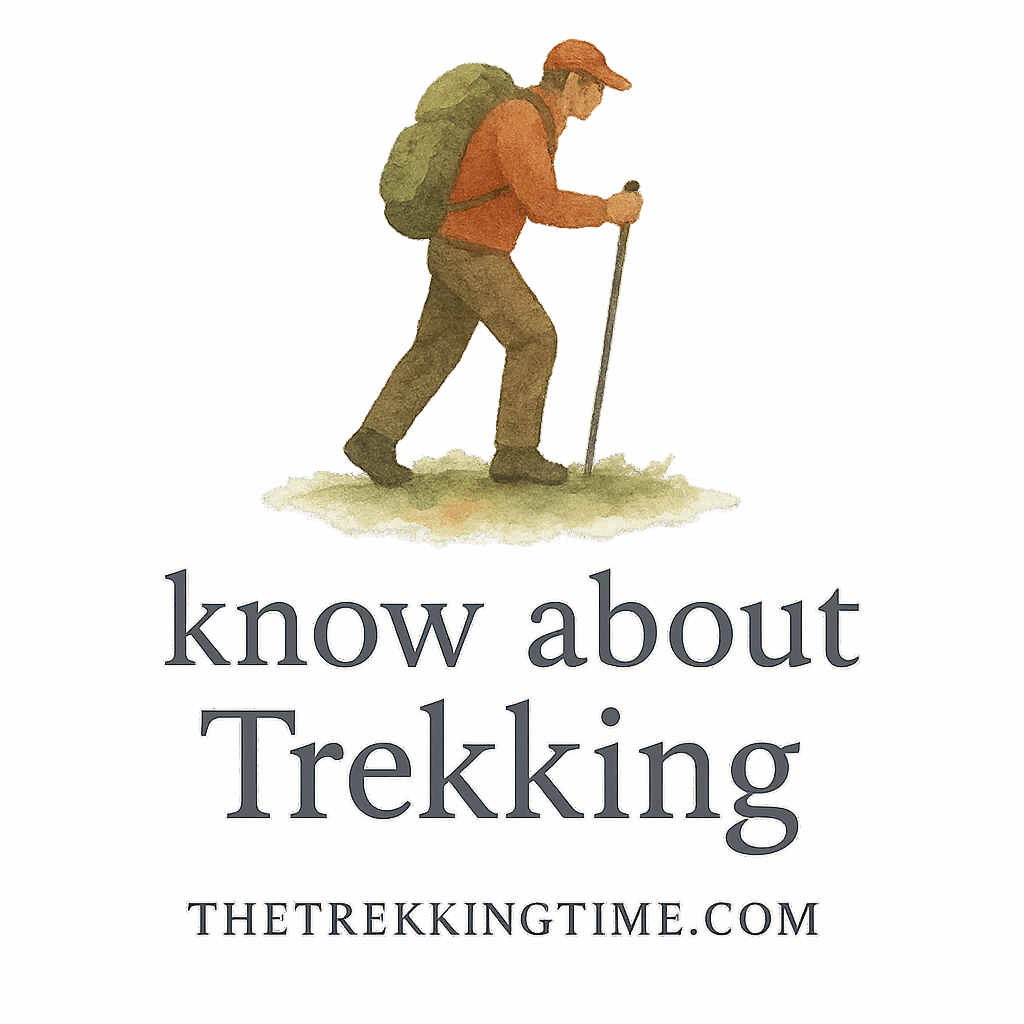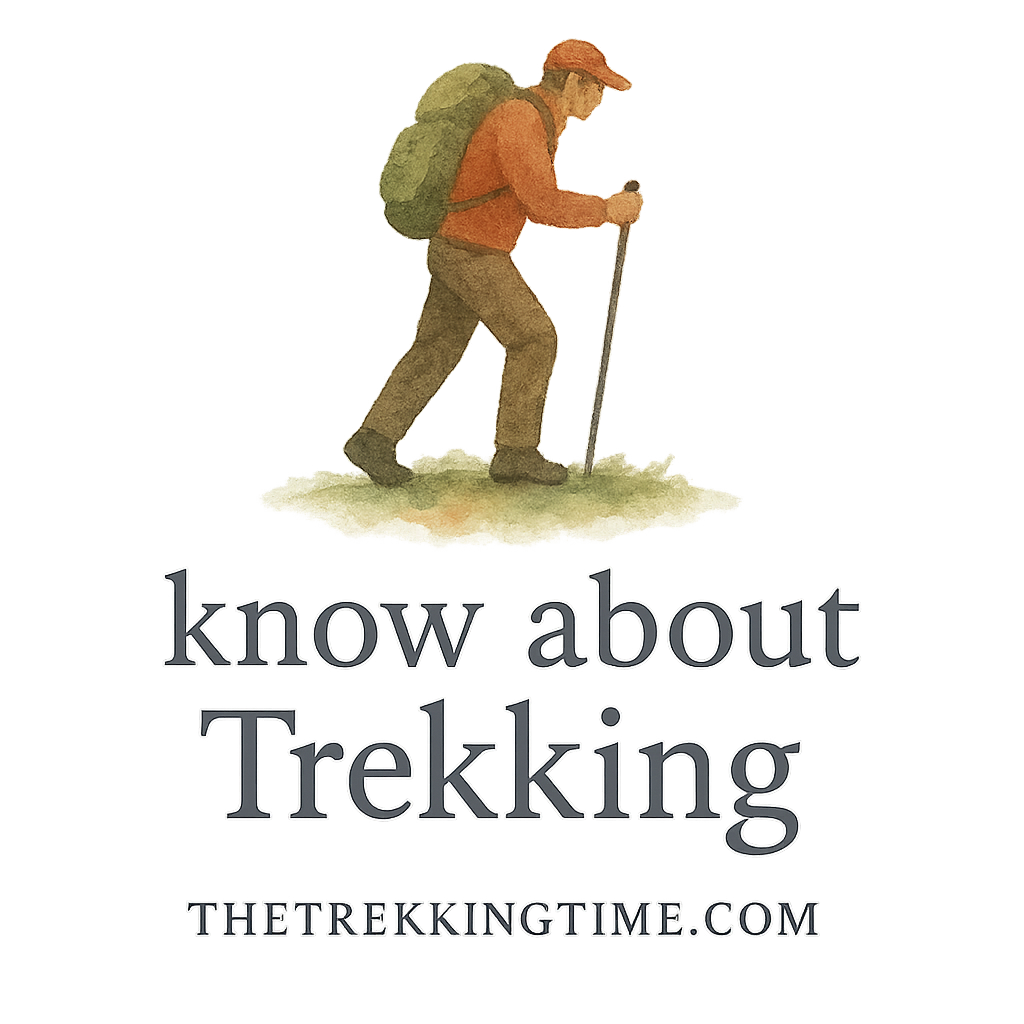Why Trekking Deserves a Fresh Perspective
Trekking is one of those life-changing outdoor experiences that’s often misunderstood. You hear things like “it’s too hard,” “it’s too expensive,” or “only for adrenaline junkies.” Sound familiar? Let’s clear the air. In this post, we’re busting six common trekking myths so you can lace up your boots with confidence.
Ready to debunk some nonsense? Let’s go!
Myth #1: Trekking Is Only for the Super Fit
The Real Story Behind Trekking and Fitness
A common misconception is that trekking is reserved for fitness freaks with iron lungs. The truth? Trekking welcomes all levels. Yes, fitness helps—but it’s not a prerequisite. Most beginner-friendly treks are about building stamina, not breaking speed records.
You don’t need to be an ultra-marathoner to walk a forest trail or climb a gentle slope. Trekking is about endurance, not athleticism.
How Beginners Can Prepare for the Trail
Start small. Take 30-minute walks daily, include weekend hikes, and practice carrying a light backpack. Over time, you’ll build trail-ready legs.
For a tailored plan, check out our Trekking Fitness Prep guide and tag pages like fitness and performance.
Internal Resource:
Myth #2: Trekking Is Dangerous and Risky
Trekking Safety Tips That Actually Work
Here’s the thing: no adventure is risk-free. But trekking, when done responsibly, is one of the safest outdoor sports. Wear the right shoes, stay hydrated, and follow trail etiquette—safety skyrockets.
Our complete Trekking Safety Tips post dives into the specifics you need to know.
Common Sense vs. Real Risk
What’s dangerous is neglect—ignoring weather conditions, wandering off-trail, or overexerting. But if you respect the route, nature will reward you.
Check out these essential links:
Myth #3: You Need Expensive Gear to Start
What You Really Need to Begin Trekking
You don’t need a $300 jacket or GPS watch to hit the trail. Here’s what actually matters: sturdy shoes, breathable clothing, water, snacks, and a map. That’s it!
Budget-Friendly Packing Hacks
Borrow from friends, check second-hand outdoor stores, or rent gear. Smart trekkers know the value of simplicity.
Visit our Trekking Gear & Packing guide and Tag: Outdoors for pro tips.
Internal Resources:

Myth #4: Trekking Is Only for Young People
Trekking for All Ages and Body Types
Age is just a number on the trail. Whether you’re 17 or 70, trekking meets you where you are. It’s more about consistency and desire than age.
The Wellness Benefits Go Beyond Age
From boosting heart health to easing anxiety, the health and wellness benefits of trekking are universal.
Explore how trekking helps reshape your habits and wellbeing here:
Myth #5: You Must Travel to the Himalayas or Remote Mountains
Amazing Trekking Destinations Near You
Sure, the Himalayas are stunning—but they’re not the only game in town. Beautiful trails are everywhere, from countryside paths to coastal ridges.
Local Trails, Big Rewards
You don’t need to fly to Nepal to feel the wind in your hair. Check local parks, regional trails, and nearby hills for bite-sized adventures with big payoffs.
Internal discovery starts here:
Myth #6: Trekking Is Just Walking in Nature
What Makes Trekking Different from a Walk
Let’s settle this: trekking is not a stroll in the park. It’s goal-driven, often involves altitude, terrain shifts, and demands planning.
It’s like comparing a casual swim to a triathlon—both involve water, but only one pushes your limits.
The Mental, Emotional, and Physical Growth Trekking Offers
From mindfulness to overcoming fear, trekking builds grit and resets your perspective. The trails become your therapist, coach, and gym rolled into one.
Dive into:
Shifting Your Trekking Mindset
Trekking is more than just a hobby—it’s a lifestyle shift. Once you shake off the myths, the trail becomes your classroom. You don’t need a six-pack, fancy gear, or a plane ticket to grow on the trail. Just curiosity and commitment.
Final Thoughts on Trekking Misconceptions
Let’s recap:
- You don’t need to be ultra-fit.
- It’s not as risky as people say.
- Fancy gear isn’t a requirement.
- Age doesn’t disqualify you.
- You don’t need to travel far.
- Trekking is far more than walking.
The next time someone drops one of these myths, share the truth—and maybe invite them on your next hike. Let the trail speak for itself.
Explore more at The Trekking Time.
FAQs
1. Can I start trekking if I’ve never hiked before?
Absolutely! Start with flat trails and work your way up gradually. Use our trekking basics to guide your start.
2. What’s the difference between trekking and hiking?
Trekking usually spans multiple days, includes varied terrain, and often involves more planning than typical hiking.
3. Is trekking good for mental health?
Yes! Trekking reduces stress, enhances mood, and improves mindfulness. It’s a proven way to support mental health.
4. Do I need a guide for my first trek?
For unfamiliar or longer routes, yes. But local trails can usually be tackled solo with a map and basic prep.
5. What’s a good age to start trekking?
There’s no limit! Kids, teens, adults, and seniors can all enjoy trekking with the right pace and route.
6. How much gear do I actually need?
Keep it simple—good shoes, water, and weather-appropriate clothing. Check our gear guide for must-haves.
7. Are there rules I should follow on the trail?
Yes. Respect nature, yield to uphill hikers, and leave no trace. For more, visit our etiquette and responsibility tags.


